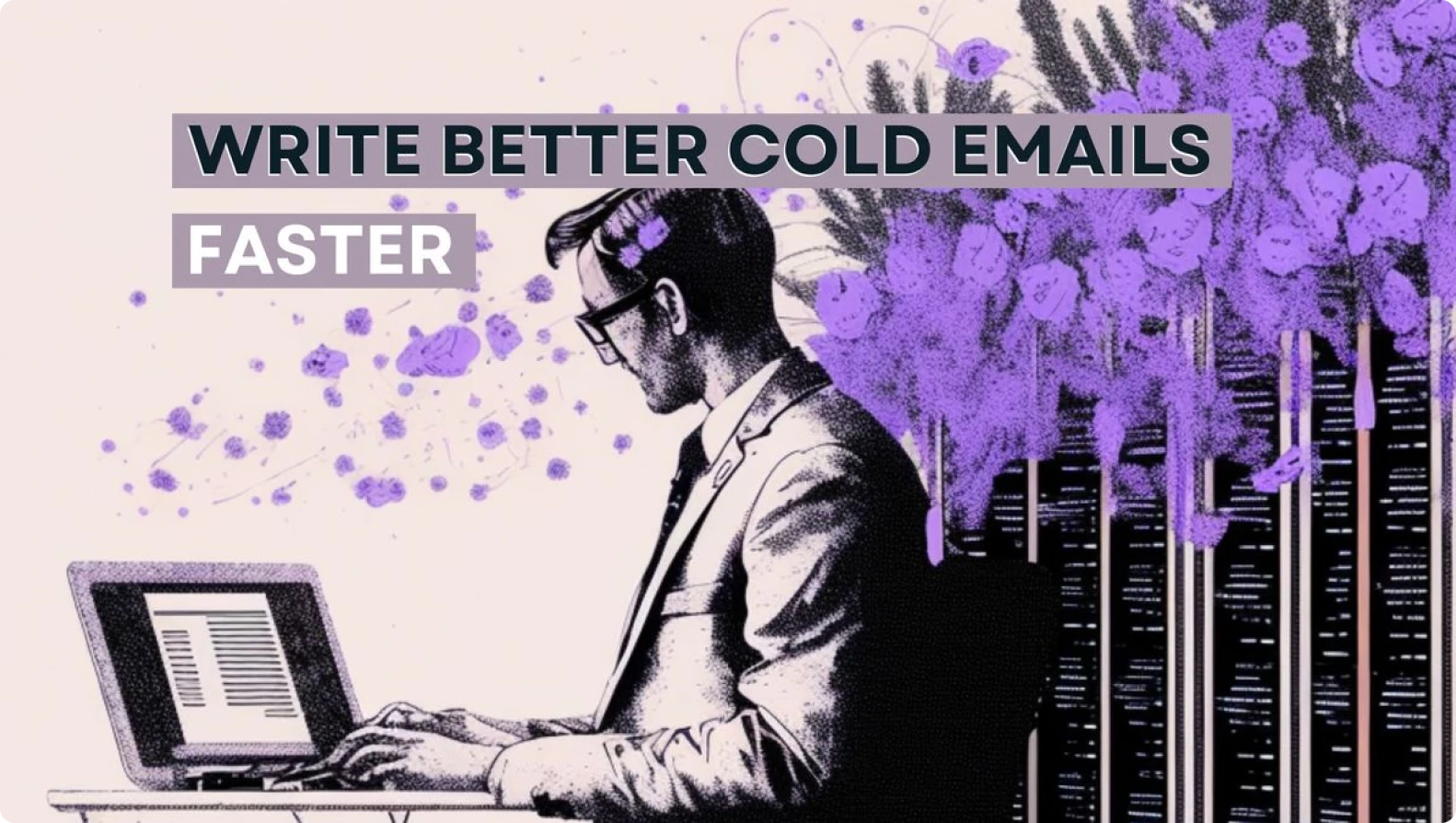Want to Write Better Cold Emails Faster? Here's How to Build Frameworks.
Why does it take sellers so long to write a good cold email? We don't teach them how. Here's how to adopt frameworks to get real email results.

Why does it take sellers so long to write a good cold email?
We don't teach them how.
We give sellers templates, space, and subjective feedback. And then expect salespeople to figure it out.
Templates don't teach how to write. They permit sellers to be lazy.
The modern sales org is set up so that SDRs don’t learn.If you’ve read any of these books:
- “The Challenger Sale” (Matthew Dixon, Brent Adamson)
- “Addicted to the Process” (our advisor and investor, Scott Leese)
- “Winning” (Lee Hicks)
You know they all put a big emphasis on “knowing your stuff” (quoting Scott). If you're going to write a great email, you have to know your recipient's to-do list and where you fit on it.
Knowing your stuff means you know “why” you’re reaching out.
How do you scale email coaching for sales teams?
Redesign your system.
SDRs, AEs, and CSMs need frameworks, not templates.
The people on the front lines of your revenue org need to participate in A/B tests instead of being the A/B test.
One way to enable better coaching for revenue orgs is to shift from templates to frameworks.
Cold Email Frameworks > Cold Email Templates
Segment's SDRs increased qualified opportunities by 92% by using email frameworks.
A company acquired by Twilio for $3B+ trusted their reps to be able to write. To help them, they gave them guardrails so they could grow in the right direction.
They used the system (Outreach’s templates and snippets) to teach.
Imagine this is what you see when you land on a prospect:
Hi Friend,
I saw this about you. Based on that observation, I imagine you're dealing with…
Customer dealt w/ something similar. They looked similar to you when we met.
We solved that with ___. They saw ___ outcome (avoid numbers if possible).
Would ___ help your team?
Talk soon,
Will
Instead of being fed an answer, you're seeing how the message should be constructed. You’re seeing how long the message should be and how it should play out.
You see the logic behind it. This framework teaches the rep and gives them flexibility.
Say your research shows a different than expected but better reason to reach out — a template is too rigid.
The rep will spend tens of minutes refocusing the template into something terrible. Most of the time, they’ll give up and send some bulky, irrelevant, milquetoast monstrosity.
If you’re thinking, “no way that scales,” Lauren Wadsworth, VP of Sales at Segment, gave reps an additional challenge:
Five minutes to get your note out the door.
Here’s what's cool about it for managers. For the reps that don’t hit their numbers, managers can more easily work through issues with those whose output or performances are below par.
The issues now have context for their 1:1.
PS. Lavender's coaching dashboards can also give those 1:1 conversations a lot more context.



.png)

.png)